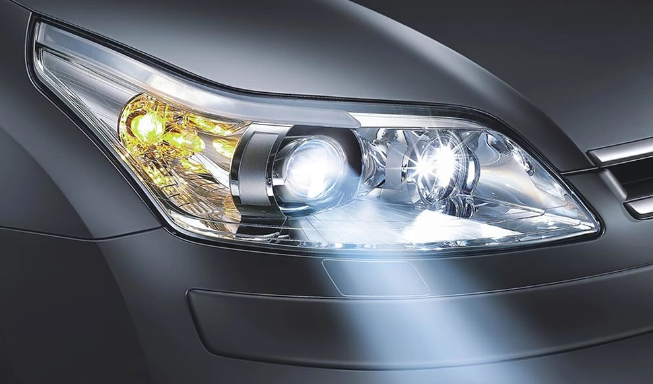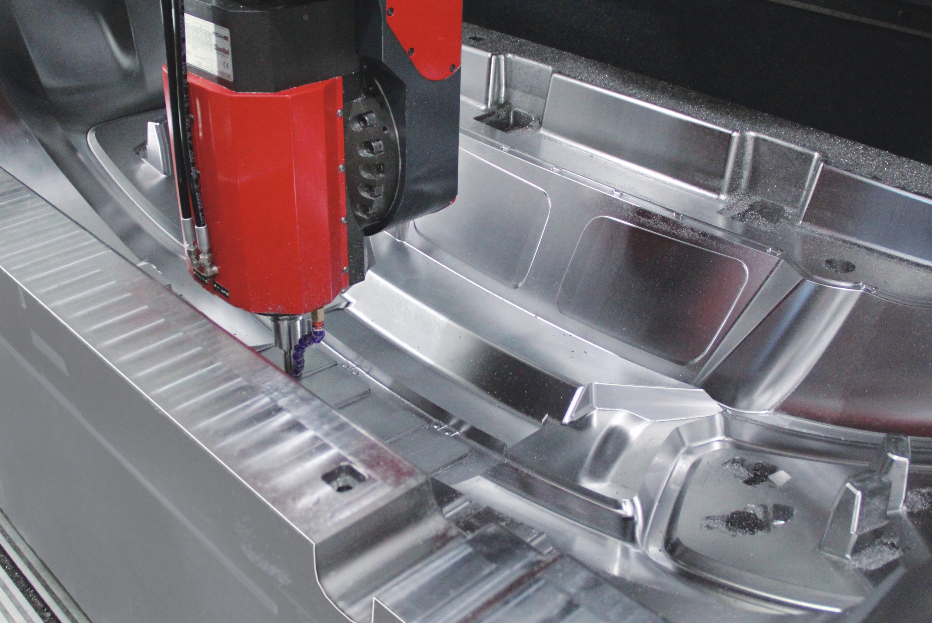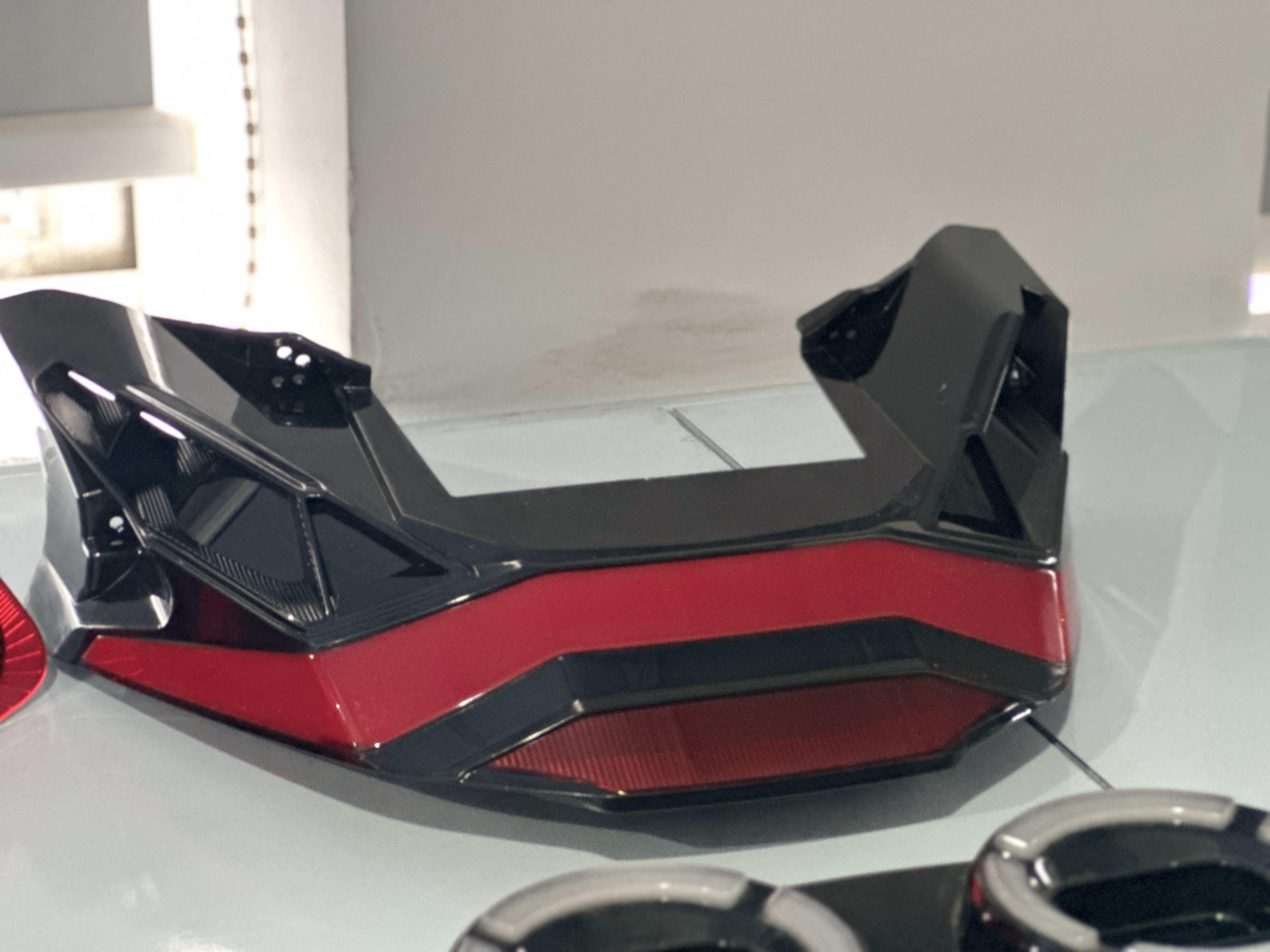Views: 0 Author: Site Editor Publish Time: 2025-04-25 Origin: Site











In the ever-evolving field of manufacturing, injection molding techniques have become pivotal in producing high-quality plastic components. Among these techniques, overmolding and insert molding stand out due to their versatility and efficiency. Understanding the nuances between these two processes is essential for engineers and manufacturers aiming to optimize production and enhance product performance. This comprehensive analysis delves into the fundamental differences between overmold and insert mold, providing valuable insights for professionals in the industry. By exploring their unique processes, applications, and advantages, we aim to elucidate how each method contributes to modern manufacturing.
One cornerstone of advanced manufacturing is insert mold technology. It has revolutionized the way components are integrated and has significant implications for product design and functionality. As we delve deeper, we will uncover how insert molding compares with overmolding, shedding light on their respective roles in the industry.

Overmolding is a sophisticated injection molding process where one material is molded over another to form a single, unified component. Typically, a soft material is overlaid onto a rigid substrate, creating products with enhanced grip, aesthetics, or functionality. This technique is widely used in creating ergonomic handles, seals, and multifunctional parts.
The overmolding process begins with the creation of a substrate, usually through standard injection molding. This substrate serves as the base component. Once the substrate is formed and cooled, it is placed into an overmold cavity where the second material is injected over it. The materials bond either mechanically or chemically, depending on their compatibility. The result is a single piece with multiple material characteristics.
Overmolding finds applications across various industries due to its ability to combine different materials and properties. Common applications include:
Tool handles with soft grips for enhanced ergonomics.
Sealed components in electronics to protect against moisture and dust.
Automotive parts requiring vibration dampening.
Medical devices where comfort and tactile feedback are crucial.
Overmolding offers several advantages:
Enhanced product functionality by combining materials.
Improved aesthetics and tactile feel.
Potential cost savings by reducing assembly steps.
However, it also has limitations:
Material compatibility issues can arise.
Complexity in mold design and process control.
Increased production time due to multiple molding steps.
Insert molding is a technique where preformed components, often metal or another material, are placed into a mold, and plastic is injected around them to create a single integrated part. This process is invaluable for manufacturing components that require the strength of metal combined with the versatility of plastic.
In insert molding, the insert is placed into the mold cavity before the injection of plastic. The insert can be manually loaded or placed by automation systems for higher efficiency. Once the insert is in position, the mold closes, and plastic is injected, encapsulating the insert and forming a strong bond upon cooling. The process requires precise control to ensure proper alignment and bonding between the insert and the plastic.

Insert molding is prevalent in industries where combining materials enhances product performance:
Electrical components with metal connectors encapsulated in plastic insulation.
Medical devices requiring sterilizable metal parts within a plastic body.
Automotive components that need metal threads or wear-resistant surfaces.
Consumer electronics where structural integrity and lightweight design are critical.
The advantages of insert molding include:
Enhanced strength and structural integrity.
Reduction in assembly time and costs.
Improved product reliability by eliminating separate fastening components.
Limitations to consider are:
Potential for insert movement during molding, affecting alignment.
Increased mold complexity and maintenance needs.
Higher initial costs due to precision tooling requirements.
While both overmolding and insert molding involve combining multiple materials into a single part, they serve different purposes and are suited to distinct applications. A thorough comparative analysis helps in selecting the appropriate technique for specific manufacturing needs.
Overmolding typically requires materials that can bond, either chemically or through mechanical adhesion. Thermoplastic elastomers (TPE) are commonly overmolded onto rigid plastics. Insert molding, on the other hand, often involves dissimilar materials like metal and plastic, where bonding is achieved through encapsulation rather than adhesion.
Insert molding allows for complex geometries by integrating components during the molding process. This integration simplifies assembly and can enhance product strength. Overmolding adds complexity by requiring precise alignment between the substrate and the overmolded material but enables designers to add features like soft-touch surfaces and seals.
Both processes can reduce overall production costs by eliminating secondary assembly steps. However, initial tooling costs may be higher due to the complexity of the molds. Overmolding may incur additional costs if material compatibility issues arise, requiring special adhesives or surface treatments.
Insert molding can be highly efficient, especially when inserts are loaded automatically. Overmolding may necessitate longer cycle times due to the two-step molding process. The choice between the two will depend on production volume and the importance of cycle time in the manufacturing process.
Selecting between overmolding and insert molding hinges on several critical factors:
If the product requires a combination of rigid and soft materials for ergonomic or sealing purposes, overmolding is preferable.
For components requiring structural metal elements within a plastic housing, insert molding offers the desired integration.
The compatibility of materials is paramount. Overmolding demands materials that can bond effectively, while insert molding accommodates a broader range of material combinations due to the mechanical encapsulation of the insert.
High-volume production may justify the higher initial costs of complex molds through economies of scale. Overmolding might be more cost-effective for lower volumes or when the added functionality offsets the additional costs.
Insert molding is suitable for components where tight tolerances and precise alignment are critical. Overmolding is advantageous when the design incorporates features like seals or ergonomic surfaces that are molded over an existing part.
Examining real-world applications provides deeper insights into the practical considerations of each molding technique.
A leading smartphone manufacturer utilized overmolding to create a protective casing with a soft-touch finish. The overmolded TPE provided enhanced grip and impact resistance, improving user experience and product durability.
An automotive supplier implemented insert molding for producing engine components that required metal threads within a plastic housing. This integration reduced assembly steps and improved the strength and reliability of the components under high-stress conditions.

Technological innovations continue to push the boundaries of what overmolding and insert molding can achieve.
The integration of robotics in insert molding has significantly improved efficiency. Robots handle insert placement with high precision, reducing errors and increasing production speed. Overmolding processes also benefit from automation through the accurate positioning of substrates.
Developments in material science have expanded the range of compatible materials. Improved adhesives and surface treatments enhance bonding in overmolding. In insert molding, newer plastics with superior properties allow for better integration with metal inserts.
Sustainability is becoming increasingly important in manufacturing decisions.
Overmolded parts can pose challenges for recycling due to the combination of materials. Insert molding, especially when using metal inserts, may allow easier separation and recycling of components at the end of the product's life cycle.
Advancements in molding machinery have led to more energy-efficient processes. Selecting the appropriate molding technique can contribute to overall sustainability goals by reducing waste and energy consumption.
Overmolding and insert molding are integral techniques in modern manufacturing, each offering unique benefits and applications. Understanding the differences between these processes is crucial for making informed decisions in product design and manufacturing strategies. Overmolding excels in enhancing aesthetics and functionality through material combinations, while insert molding provides robust structural integration of different materials. By considering factors such as material compatibility, design requirements, cost, and sustainability, manufacturers can select the most appropriate technique for their needs.
For professionals seeking to leverage the benefits of insert molding, partnering with experts like Guangdian Technology can provide access to advanced capabilities and technical expertise. Their commitment to innovation and quality makes them a leader in the field of insert mold manufacturing.
